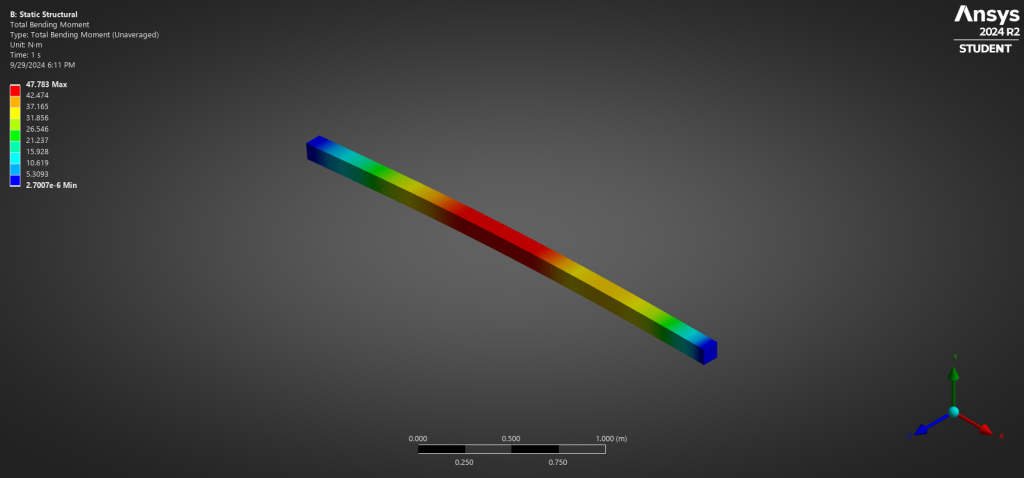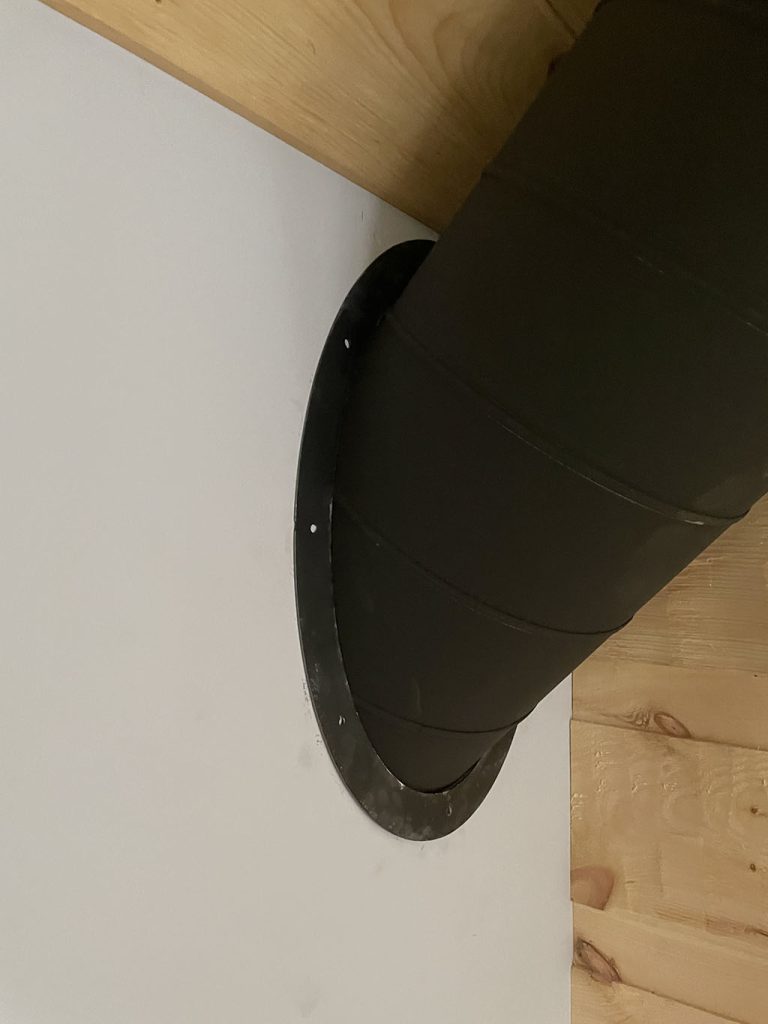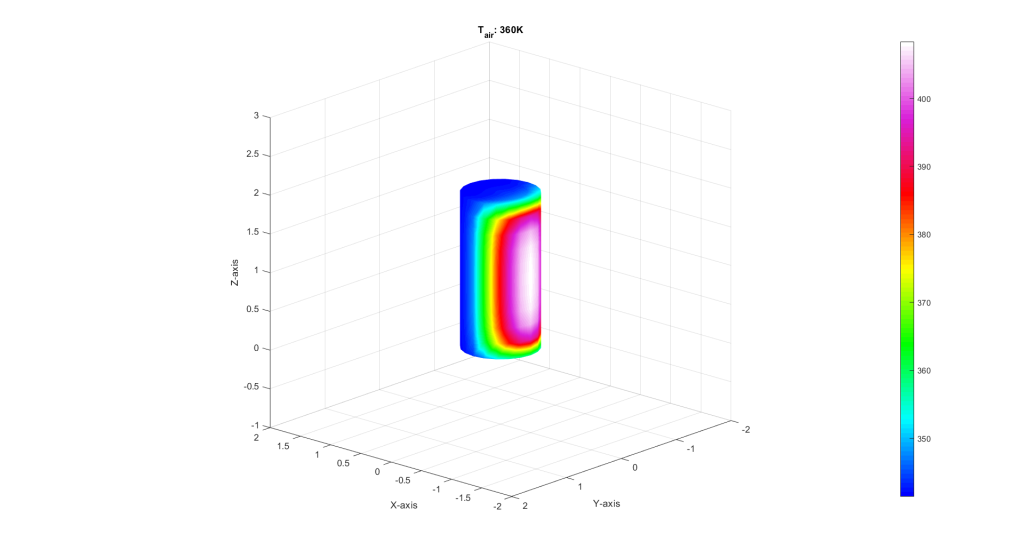
Unconstrained Beam Analysis
In order to understand the internal loads of an aircraft or rocket fuselage, it is necessary to understand the mass...

Pipe Profile At An Angle
I needed to find the profile of an air conditioning duct that goes through a wall at a 45 degree...

Finite Element Heat Transfer of Cylinder
An astronaut is inside a cylindrical capsule with flat ends halfway between Earth and Mars. This capsule is made of...